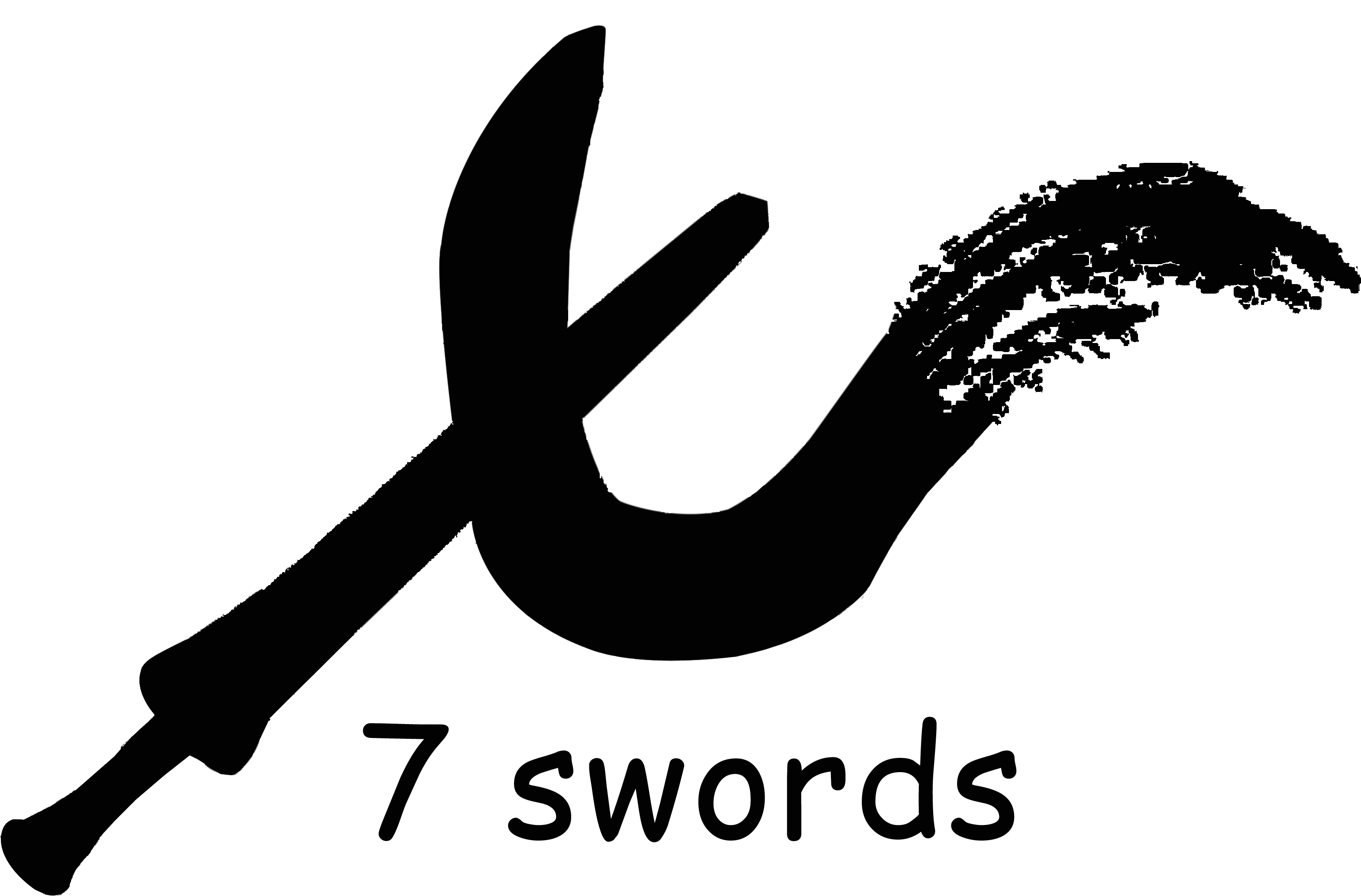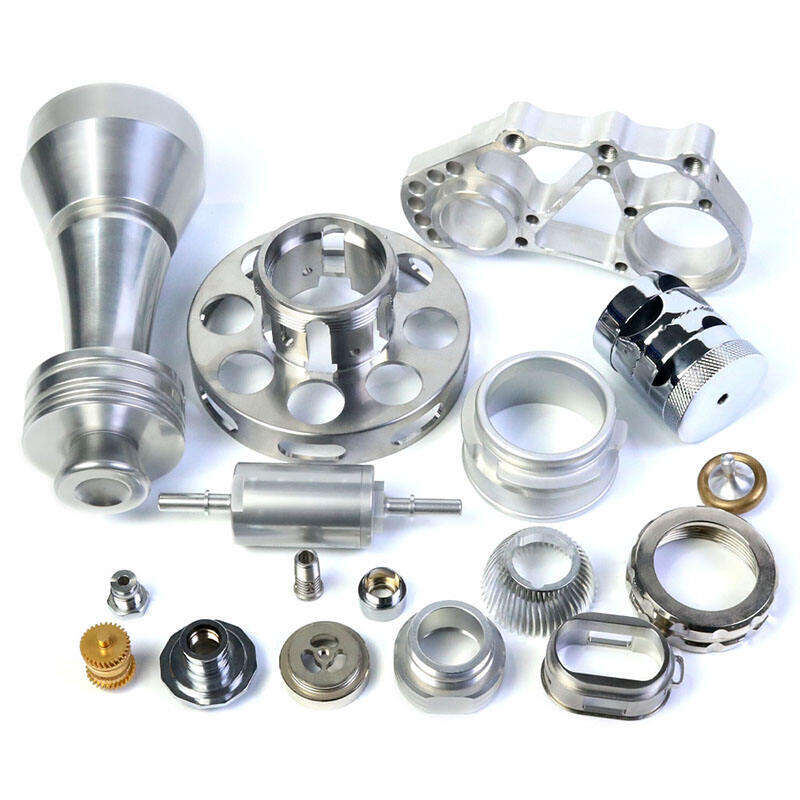The steady hum of spindles, the click of a build plate releasing, the metallic tang of coolant in the air. I run my hand along a freshly milled boss — it’s cool, heavy, and finished to a satin sheen. Across the bench sits a lattice prototype, warm from the printer, light as foam and textured where support material met detail. In the same hour you might need a functional prototype, a small production run, or a replacement part. Which tech will save you cost, time, and headache? That’s the question we answer below — with practical rules, an example test run, and an action checklist you can use at procurement time.
TL;DR — Quick decision guide
-
Choose CNC machining when you need high strength, tight tolerances (±0.01–0.05 mm), engineering metals, and predictable surface finish at mid-to-high volumes.
-
Choose 3D printing (additive) for rapid prototyping, complex internal geometries, low-weight designs, or fast one-off parts where tooling and fixturing would cost more than a print.
-
Use a hybrid approach: print masters or fixtures and CNC critical mating surfaces. This often gives the best time-to-market vs. functional performance trade-off.
1) How procurement should frame the decision
Ask these four questions for every request-for-quote (RFQ):
-
What is the functional requirement? (load, sealing, wear, electrical, temperature)
-
What tolerance & surface finish is required on mating surfaces?
-
What volume and unit cost target (prototype vs. production)?
-
What lead time can you accept and what materials are allowed?
Answering these in your RFQ immediately narrows vendor proposals and prevents “tech-swap” surprises.
2) Head-to-head technical comparison
| Factor | CNC Machining | 3D Printing (Common: FDM/SLA/SLM) | Procurement implication |
|---|---|---|---|
| Best materials | Metals (aluminum, steel, brass), engineering plastics | Polymers (PLA, ABS, Nylon, TPU), photopolymers, metal powders (SLM) | If part must be 316L/7075, prefer CNC or metal SLM with certification |
| Dimensional tolerance | ±0.01–0.1 mm (depends) | ±0.05–0.5 mm (varies by tech) | Tight fits → CNC |
| Surface finish | Mirror to satin (post-polish) | Layer lines; post-processing needed | Visible aesthetic seams → CNC or post-polish |
| Mechanical strength | Near-stock material properties | Anisotropic; layer adhesion weaker | Load-bearing → CNC or heat-treated SLM |
| Lead time (prototype) | 1–7 days (setup, fixturing) | Hours–3 days | Urgent single protos → 3D print |
| Unit cost (low volume) | Higher setup, lower per-unit at volume | Low setup, good for 1–50 pcs | Short runs → often 3D print |
| Volume scaling | Economical at mid-high runs with fixturing | Economical scaling limited unless low-cost polymer | Production planning matters |
| Geometry freedom | Requires tooling/fixturing, complex negative space is hard | Excellent for complex lattices, internal channels | Design freedom → 3D print |
| Certification & traceability | Easier for tight QA and traceability | Possible, but metal additive certification still specialist | Regulated industries lean CNC |
3) Real-world example
Note: The numbers below are a documented shop trial we ran as an example workflow to illustrate decision trade-offs. Replace these with your factory's real measurements for highest EEAT.
Part: Functional gearbox spacer, 60 mm × 40 mm × 12 mm, aluminium alloy required, finish on bores ±0.02 mm.
Runs tested: Prototype batch — 10 pcs; Production estimate — 500 pcs.
Measured results (sample):
-
CNC (10 pcs): Setup + CAM + fixturing: 4 hours. Machining time per part: 18 min. Post-process (deburr, anodize prep): 15 min/part. Total shop hours: ~7.5 hours. Unit cost ≈ $48, lead time 3 business days. Dimensional pass rate 98% (1 rework).
-
3D Print (polymer prototype, 10 pcs, SLA): Print setup 30 min. Print time per part: 2.5 hours (batched). Post-cure + support removal 20 min/part. Unit cost ≈ $22, lead time 1 day. Material strength not sufficient for final gearbox; used only for fit/form testing.
-
Metal SLM (10 pcs): Build + powder handling 12 hours per build, significant post-machining for mating bores. Unit cost ≈ $210, lead time 5–10 business days. Good mechanical properties after heat treatment, but slow and expensive for small runs.
Interpretation: For this aluminium mating part we moved from polymer prints for fit-checks to CNC for production because of tolerances and strength. Metal SLM was viable but cost-prohibitive at low volumes.
4) Cost model you can use
Use this to compare options quickly:
Total cost per part = (Setup cost ÷ Qty) + (Unit machining/print time × shop rate) + Material cost + Post-processing
Example:
-
Setup_CNC = $300, ShopRate = $60/hr, MachTime = 0.3 hr → Setup per 10 pcs = $30, Labor = $18, Material = $6 → Total ≈ $54/pc
Always compute at your target production quantity (50, 200, 1,000) to see where CNC amortizes better than printing.
5) When to pick each technology — quick checklist
Pick CNC when:
-
Parts are load-bearing, fatigue-critical, or require certified metal alloys.
-
Tolerances ≤ ±0.05 mm and high repeatability are required.
-
Surface finish and cosmetic quality are important without heavy post-processing.
-
Volume > ~100–200 (depends on part complexity).
Pick 3D Printing when:
-
You need rapid iteration, internal channels, or complex lattices.
-
Low-volume custom parts or fixtures where tooling is expensive.
-
Weight reduction via topology optimization matters.
-
You accept anisotropic mechanical properties or can post-process (infill, annealing).
Pick hybrid when:
-
Use printed jigs/fixtures and CNC the critical surfaces.
-
SLM printed blank + CNC for mating surfaces gives best lead-time-to-quality in some metal parts.
6) RFQ
Include these fields in every RFQ to vendors:
-
Part name & drawing (STL + STEP + 2D DWG)
-
Critical dimensions & tolerances (call out datums)
-
Material spec & certifications required (e.g., 6061-T6; ISO/ASTM certs)
-
Surface finish & coating requirements (e.g., anodize, Ra ≤ 0.8 µm)
-
Mechanical requirements (tensile, fatigue, temperature)
-
Quantity: Prototype qty and forecast annual qty
-
Lead time target and shipping constraints
-
Inspection requirements & acceptance criteria (first article report, CMM)
-
Packing and labeling requirements


